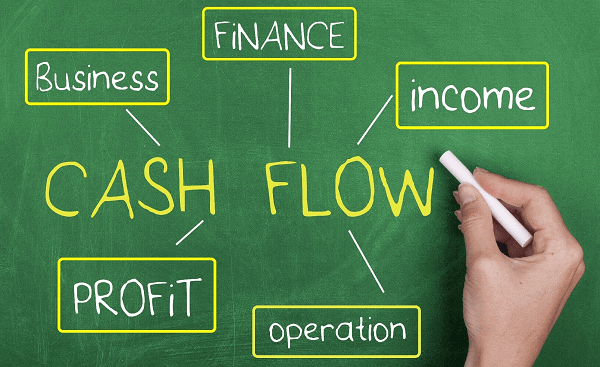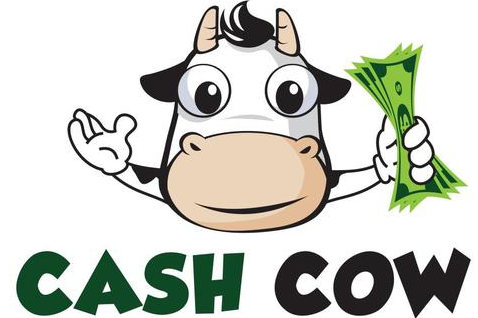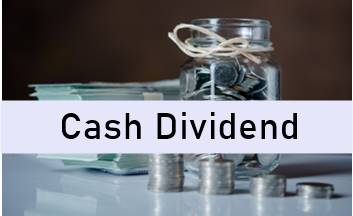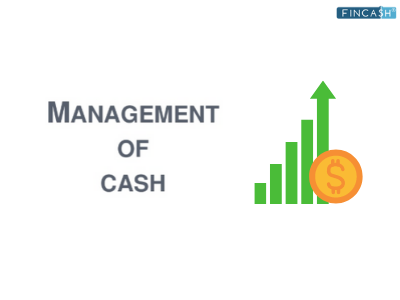
Table of Contents
Cash & Cash Equivalent
What are Cash and Cash Equivalents?
Cash and Cash Equivalents appear in the Balance Sheet which showcases the value of a company’s assets that are cash or can be converted into cash immediately. Although, cash equivalents do not include the equity or stock holdings because they can fluctuate in the Market.
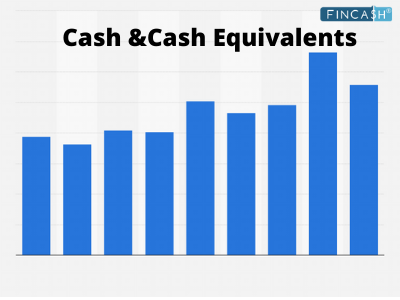
Cash and cash equivalents are the assets owned by the company, will be shown on the top of the balance sheet. Also, they are considered to be the most liquid of short-term assets.
Types of Cash & Cash Equivalent
Cash and cash equivalents help companies with their working Capital. These liquid assets are used to pay off the Current Liabilities that are short-term and bills.
Cash
Cash is a form of paper that includes coins and currency notes. A Demand Deposit is a type of account where the funds may be withdrawn at any time without notifying the institution.
Cash Equivalent
Cash equivalents are the investment which can be converted into cash. The cash equivalents include Commercial Paper, treasury bills, short term government Bonds, marketable securities and money market holdings. The following are the criteria for the cash equivalent-
- The investment should be in the short-term and it should mature in less than three months. In case it has mature more than three months they will be classified as other investments
- It should be easily sold in the market, the buyers of these should easily be available in the market.
- It should not be too risky and there should be a little risk of changes in their value. It means that the equity shares cannot be classified as cash equivalents. But some are the preferred shares which are purchased before the Redemption date that are classified as cash equivalents.
Talk to our investment specialist
In simple words, cash and cash equivalents are those assets which are immediately converted into cash. They are significant for the liquidity of a business. In case, if a company falls due, it should have sufficient cash and cash equivalents to meet its urgent liabilities.
All efforts have been made to ensure the information provided here is accurate. However, no guarantees are made regarding correctness of data. Please verify with scheme information document before making any investment.


